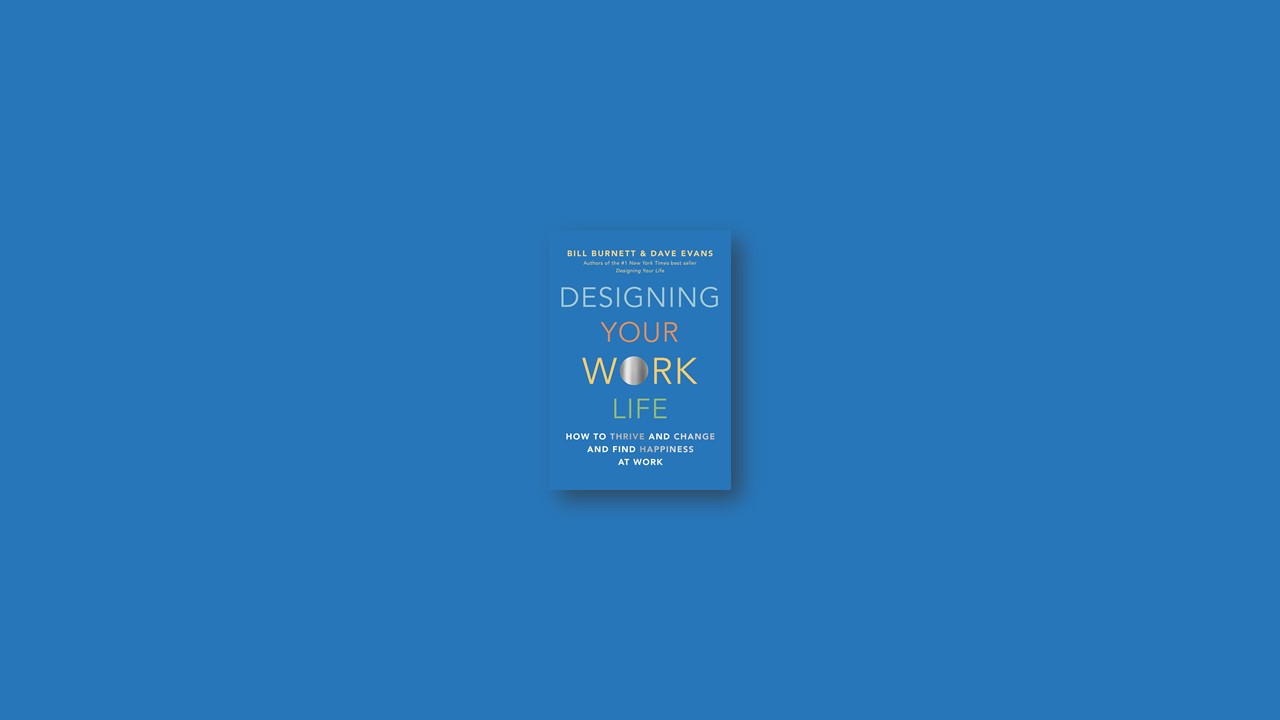Are We There Yet?
Dysfunctional Belief: Good enough isn’t good enough, I want more.
Reframe: Good enough is GREAT—for now.
There is plenty of evidence that much of the unhappiness in the world comes from not realizing that we have enough, in many cases more than we need. This unhappiness comes in many forms, but it almost always expresses itself as the feeling that you need…
more money
more recognition
more social status
more Instagram followers
more fun…, etc
Good enough for now leaves open the possibility of growth and change but doesn’t make changing for change’s sake a goal. And it doesn’t make getting “more” a priority. It is a powerful reframe and a point of view that puts you in control of what you need in life and what you want to choose to invite into your life.
And it is the number-one way to maximize your happiness at work right now. This second. No matter what else is going on in your life and before you even read another word of this book, you can move yourself out of the state of “the unhappy, disengaged worker” and maximize the happiness that is already available by changing your point of view to one where things are good enough for now.
What’s the Problem?
Dysfunctional Belief: My problems at work are insurmountable. I’m totally stuck.
Reframe: I’m never totally stuck, because I know how to reframe anything into a Minimum Actionable Problem (MAP)
Great designers are always great at reframing. They can continually (almost annoyingly) be heard to say, “Well…what if we looked at it this way…” Then they describe a new way to look at the problem at hand. When you do this, possible new solutions start percolating to the surface almost immediately.
Reframing. It’s a skill and a design superpower.
When you define a problem, you are always “framing” it—putting a box (a frame) around it and defining what’s in the box and, importantly, what is not. Once the problem is framed, then you get inside that frame and start working on it.
Creativity is all about playing around with how you frame your box and how you “play” within that framing.
Step 1: Accept that there is always a box.
Step 2: Remind yourself that you made the box when you framed the question, and you can change the frame when you need new, more helpful solutions
You may have heard of MVP, which stands for Minimum Viable Product. It’s a big idea in the world of innovation and entrepreneurship. Start-ups know that getting any new product to market is really, really hard. You don’t want to make it any harder than you have to—so the idea is to just build your first product with all the valuable (viable) features and no more. That’s a great idea, and it applies to reframing, too, but this time instead of MVP we will call it “MAP,” which stands for Minimum Actionable Problem. Once you have reframed your big hairy problem, once you’ve turned it into its Minimum Actionable Problem, you get to solve a much smaller and more tractable problem.
Life is hard enough on its own. Seriously. If everyone’s life was perfect and jobs were hassle-free, nobody would be reading our books. Don’t add to the burden by making your problems any bigger than necessary. When it comes to problems, you want to set the bar low and clear it. Then lather, rinse, repeat.
Don’t Resign, Redesign!
Dysfunctional Belief: I have a bad job, and I need to quit!
Reframe: There are no bad jobs, just jobs that fit badly, and I can redesign right where I am to make my own “good” job.
Sometimes you hate your job, or you are bored by your job, or you aren’t challenged by your job, or you never saw this job as a permanent thing but here it is twenty years later and you are stuck doing what you have always done.
All of that can be true. Except for the part about being stuck. Designers don’t get stuck, because they know how to get unstuck. And quitting is rarely their first option.
So we’re going to be explicit—don’t quit. Yet.
Depending on your circumstance, one of these strategies should help you get unstuck.
- Reframe and reenlist to the job you have by finding a different story for and relationship to your work, crafted by realigning your activities around your organization’s priorities—making you more valuable in the process.
- Remodel your job through a combination of cosmetic and structural modifications that better align with your interests while utilizing more of your signature strengths, resulting in improved performance that makes your boss happier and improved engagement that makes you happier.
- Relocate. Slide laterally into a new role that’s within reach, even if it’s not obvious at first. Either it’s an existing opening or a new position created just for you.
- Reinvent. Launch a new career. It’s the You 2.0 Program, but at the same company, in a completely different kind of role for which you’ve prepared and retrained to give you a major career refresh and your employer continued access to a loyal and valuable team member.
Quitting Well
Dysfunctional Belief: I’m going to quit this *$#$%* job today.
Reframe: I’m going to springboard out of this job to a better one by designing my quit.
Everything has its season. Everything changes. Everything ends.
And the data says that you will have many jobs and even multiple careers in your lifetime, which means you’re going to be quitting some jobs. And when it comes time to quit your job, it is best to quit well.
Find a New Job First
There are two good reasons to find a new job before you quit: (1) it improves your chance of landing that new job, and (2) it increases financial stability.
Leave the Campsite Better Than You Found It
When backpacking in the woods, all good campers know the rule “Leave the campsite better than you found it.” It’s a good rule for life and work, too. Deciding to make things better at work before you leave does a lot of good. It helps your colleagues, who have to pick up the pieces, succeed.
Exit Well
Movie producers will tell you that the two most important moments in a film are the climax and the conclusion. When you quit, you are writing the screenplay of the final scene of the movie of your job. It is going to be one of the strongest memories that your company and the people in it have of you. Be sure it’s a great scene that you want people to remember.
Being Your Own Boss
Dysfunctional Belief: The only way to have a career is for someone to hire me, and to work for a company, in a job I can tolerate.
Reframe: One way to have an amazing career, with lots of autonomy, and have a job I love is to invent it!
McKinsey, the famous business consulting firm, did a study on the future of work. In it, they hypothesize that automation, artificial intelligence, and turning everything into software will swallow up a lot of jobs. They predict a great deal of disruption. However, they noted that there will be more, not less, work for designers and anyone who applies a creative mind-set to their work. Evidently, these “creative jobs” are difficult, if not impossible, to automate.
The conclusion of the McKinsey study is that the core things that make us human, like empathy and creativity, are going to be more and more valuable in the future. Being creative and having good social and emotional interpersonal skills are at the heart of the new creative economy, and the consultants and entrepreneurs who will succeed will be masters of these soft skills.
So it turns out that if you listen to McKinsey (and many CEOs do), practicing the mind-sets of a designer sets you up for success in the future economy. In the end, it is our human creativity that will save us all.
The times. They are a-changing.
So let’s all accept what is, join the party, and put the forces driving those changes to work for us by thinking and acting like life designers capable of imagining and building a future that works for everybody and a work life that allows us to be happy.


